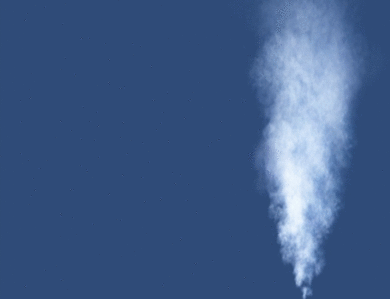I think
this has the information i was looking for.
Nice find, but incomplete and dated 4 years old next week.
First, a little explanation on Grub might be useful.
Grub (GRand Universal Bootloader) was implemented in 1999. 2012 - 2014 it was being supplanted by Grub2, which is particularly focussed towards UEFI over the traditional BIOS computer setup.
Grub 2 is now Grub, and Grub was relegated to Grub Legacy.
When a LInux computer starts, Grub is called into play. It uses the instructions it receives from 3 areas:
/etc/default/grub which is a small executable text file (5 to 20 lines long typically), has no extension but could just as easily be named grub.txt
/boot/grub/grub.cfg - can be anywhere from a small number of lines to hundreds, depending on how many Linux Distros you have appearing on your Menu. This one we don't touch, experts only, but changes made to /etc/default/grub are reflected in updating it.
In RPM-based Distros such as Fedora, it may be housed in /boot/grub2/grub.cfg
Third area is both pre-assigned scripts (if any) or custom-built scripts the user has developed, in /etc/grub.d/
Up until 4 or 5 years ago, even using Root privileges you could not directly change grub.cfg.
The chainloading referred to in your linked article can still be used, but it is unnecessary to do what you wish to achieve. Chainloading basically refers to manipulating your grub.cfg on, say Ubuntu, to then load to the grub.cfg on Debian, and then onto that of Arch.
It also has difficulties with dealing with UEFI. Grub2 and UEFI were basically adopted around the same time.
BCD in the article is Boot Configuration Data - there is a BCD in Windows, and EasyBCD can be used to structure the booting and menu for dualbooting with Linux, but once again, it is MBR-focused (Master Boot Record) which goes hand in hand with the older BIOS.
So the thing to do for now is to establish that you definitely have UEFI on your computer, and that can be achieved in a couple of ways, I suggest reading this article and following it.
https://itsfoss.com/check-uefi-or-bios/
Once we confirm that, then I can advise on how best to prepare x, y, and z drives and proceed with installing.
I would suggest Ubuntu first and then the rest will fall into place more easily from there.
As for
If drive z: dies, will drive x: still be bootable?
Yes, with provisions.
The easiest way around this is to install on each Linux Distribution, Timeshift.
You can read my article on Timeshift here
https://www.linux.org/threads/timeshift-similar-solutions-safeguard-recover-your-linux.15241/
Once you install a Distro and get it set up as you like it, you take a Timeshift snapshot of it. This can be done for each of the Distros on x, y and z. Storage place would logically be z as it has the 1 TB. Then if anything heads south for the winter, you would have a USB stick on hand with a Live Ubuntu, or Live Debian, install Timeshift on it and reboot and restore your broken Distro.
More tomorrow, maybe you can just confirm that UEFI status?
Friday here in Oz, so
Avagudweegend
Wizard



